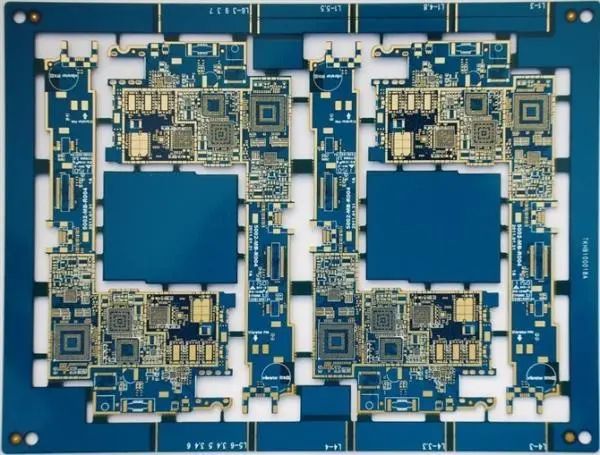
Improving code portability in embedded development can be approached from the following aspects:


1. Programming Language Standards
Strictly adhere to C or C++ language standards, avoiding the use of compiler or platform-specific extensions. For example, avoid using non-standard compiler built-in functions to ensure that the code compiles correctly in different compilation environments.
Follow good programming styles, such as naming conventions and code indentation, to make the code easy to understand and maintain, which also helps improve portability. For example, use meaningful variable and function names, avoiding overly short or vague naming.


(Images sourced from the internet)


1. Standard Libraries and Third-party Libraries
Prioritize using standard library functions of the C language, as these functions typically have good portability across different platforms. For example, use input/output functions from <stdio.h>, memory allocation functions from <stdlib.h>, etc.
Select third-party libraries that have good portability, such as some open-source embedded libraries, which often consider compatibility across different platforms and provide a unified interface. When choosing third-party libraries, carefully assess their portability, stability, and whether their functionality meets your needs.
2. Cross-Platform Development Tools
Use cross-platform development tools, such as GCC, Make, etc., which can run on different operating systems and hardware platforms, helping improve code portability. At the same time, pay attention to configuring the options of development tools to ensure that the generated code has good compatibility.
Utilize version control systems, such as Git, to manage the code. This makes it easy to track changes in the code and synchronize and port code across different development environments.


(Images sourced from the internet)



1. Hardware Abstraction Layer
Design a Hardware Abstraction Layer (HAL) to encapsulate hardware-related operations in specific functions or modules. Through HAL, a unified interface can be provided across different hardware platforms, allowing the upper-level business logic code to call these interfaces without needing to worry about specific hardware implementations.
For example, for different microcontrollers, their GPIO operations may vary. A set of unified GPIO operation functions, such as gpio_init(), gpio_set(), gpio_get(), etc., can be defined in HAL, and then these functions can be implemented for different microcontrollers. This way, when changing microcontrollers, only the implementation code in HAL needs to be modified, while the upper-level business logic code remains unchanged.
2. Conditional Compilation
Use conditional compilation directives to select different code segments for compilation based on different hardware platforms or compilation environments. For example, you can use directives like #ifdef, #endif, etc., to determine the current hardware platform or compiler type, and then choose the corresponding code for compilation.
For instance, for different microcontrollers, their memory layouts may differ. Conditional compilation directives can be used to define different memory mapping macros based on different microcontroller types to ensure that the code can correctly access memory across different platforms.


(Images sourced from the internet)


1. Multi-Platform Testing
Test on different hardware platforms and compilation environments to ensure the code runs properly. You can use simulators or development boards for testing, covering as many different platforms and configurations as possible.
For example, for an embedded project, you can test on different models of microcontroller development boards to check if the code functions correctly and if there are any compatibility issues.
2. Automated Testing
Establish an automated testing framework to perform unit testing, integration testing, etc. Automated testing can quickly detect whether changes in the code affect portability, improving development efficiency and code quality.
For example, you can use testing frameworks like CUnit for unit testing C code to ensure that function functionality is correctly implemented across different platforms.


(Images sourced from the internet)
Improving code portability in embedded development requires maintaining an awareness of portability throughout the programming process, following standards and specifications, using portable libraries and tools, managing hardware differences well, and conducting thorough testing and validation. This can make the code easier to reuse across different projects and platforms, reducing development costs and risks.